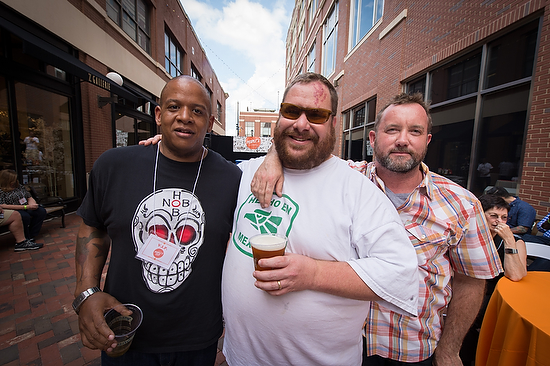 |
| Nikon D4, 14-24mm, ISO 500, ƒ/10, 1/200 |
Too often people are isolating their subjects so much that the context is lost. If you just give a peak in the photo of things behind the subject you can create depth into the photograph.
In the above photograph I used the ally to help create depth.
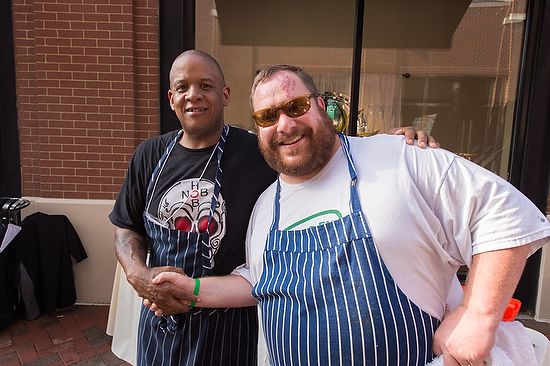 |
| Nikon D4, 14-24mm, ISO 1000, ƒ/10, 1/200 |
See the difference between that photo and the one below?
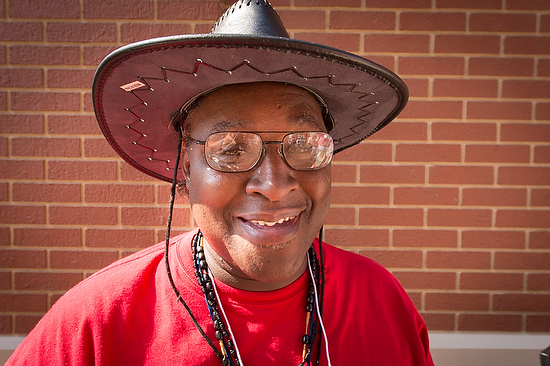 |
| Nikon D4, 14-24mm, ISO 560, ƒ/10, 1/200 |
Here I am just capturing some individuals in this same ally. Here I faced the subject and kept the background simple.
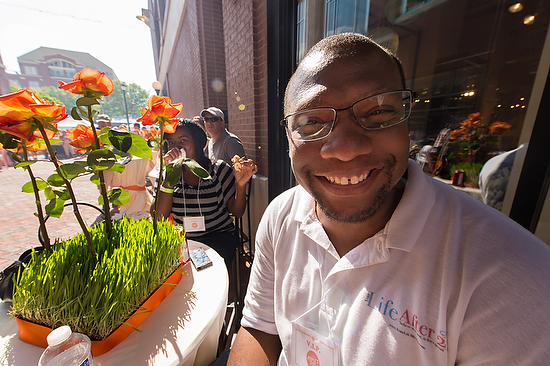 |
| Nikon D4, 14-24mm, ISO 320, ƒ/10, 1/200 |
By just letting some of the background be of the ally in the lower photo you create a little more interest beyond the subject.
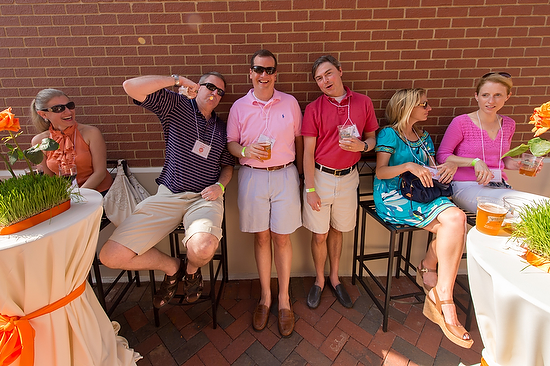 |
| Nikon D4, 14-24mm, ISO 280, ƒ/10, 1/200 |
I am not trying to compare the photos in terms of best expression and moments. I am just trying to show how the composition can create more of a three dimensional photograph over a two dimensional one.
Here all the people were trying to stay in the shade and I like the photograph, but it is a little flat. The tables in front of them help, but compare this to the one below.
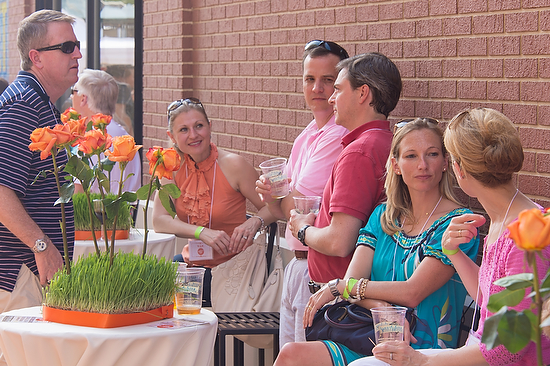 |
| Nikon D4, 28-300mm, ISO 250, ƒ/7.1, 1/100 |
I am using the reflections in the window in the background to help create depth here.
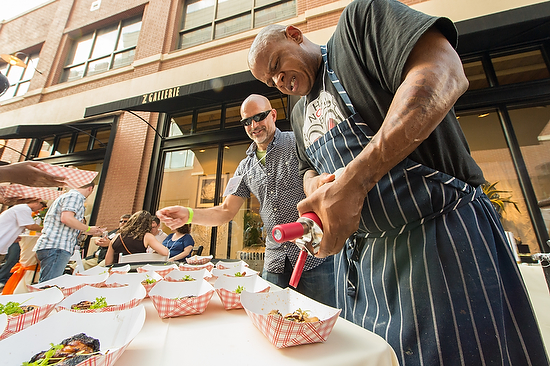 |
| Nikon D4, 14-24mm, ISO 2200, ƒ/10, 1/200 |
In the photo of the chef garnishing the food, I just have a small slither of sky in the top left hand corner of the photo. This helps with the depth as well as the reflections in the windows.
You will also notice in most of these photos I like working with extreme wide angle lens. I just love my Nikon 14-24mm ƒ/2.8 lens. By me getting close to people even where the background doesn't help create depth the lens helps bue to the perspective and puts the viewer [you] right there in the ally with me.
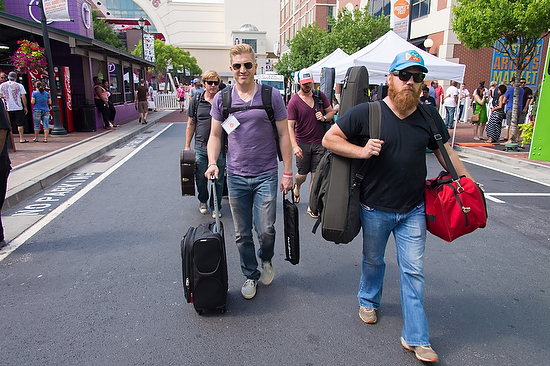 |
| Nikon D4, 28-300mm, ISO 100, ƒ/7.1, 1/125 |









3 comments:
great job Stan....I would luv to purchase a 5x7 of Rufus (the black gentleman standing in front of the brick wall) as a gift for him!!! tamileigh1026@yahoo.com
That narrow aperture on some of your photos means you're losing the all-important focus-subject, where your subject is clear and sharp and within DOF; the background and non-subjects should not be competing with the subject, but they are, here.
Because everything's in focus, there's little pf visual cue telling the viewer what the subject actually is. That doesn't apply to the images shot with the closely-placed wide angle lens, of course - there you've got geometry telling the subject-story.
I tend to shoot /2.8-5.6 in order to maintain narrow DOF, so that the subject is nice and crisp and pops out relative to the background - "dimensionality" as my photojournalism mentor called it.
There is no rule in photography that cannot be broken. Also there is no rule saying in photojournalism you use shallow depth of field.
I wanted you to see the background--hence the point of the article 3D making your eye wonder to the background.
Post a Comment